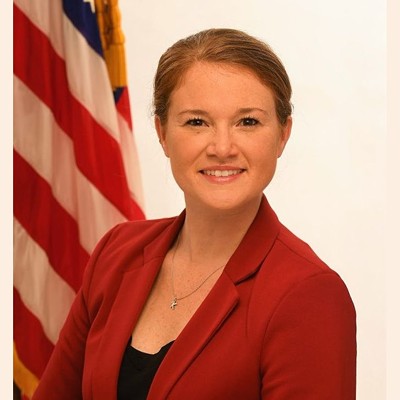THE HYATT Regency Savannah’s Haborside Ballroom was filled to capacity last week with police officers, sheriffs’ deputies, state troopers and a sprinkling of pedestrian, bicycle and child passenger safety advocates.
They were gathered for the opening session of the Governor’s Office of Highway Safety Conference, which featured remarks from Savannah Mayor Edna Jackson, Rep. Buddy Carter and Colleen Sheehey-Church, national president of Mothers Against Drunk Driving.
Each speaker praised representatives of Georgia’s law enforcement community for cracking down on traffic violations and catching impaired drivers. There was an urgency in this message, framed by troubling statistics released in advance of the conference by the Georgia Department of Transportation: Traffic fatalities in our state are increasing this year after declining for almost a decade.
“As of the six-month mark (ending June 30, 2015) there were a total of 662 fatalities — 114 more than the first half of last year. With an average of over 100 deaths a month, Georgia is on track for 1,200 or more fatalities in 2015,” according to GDOT.
The agency calculates that 74 percent of fatalities were caused by dangerous driver behavior, including distracted driving and speeding.
Traffic enforcement officers have their work cut out for them, especially since some folks question their motives.
A Facebook meme captures this sentiment pretty well. A photo depicts a woman who’s been pulled over by a police officer.
The white letters in the Impact font read, “If they make money every time they catch you speeding do you think they are doing it for your safety?”
Our level of cognitive dissonance on this issue is intense. We may say a silent prayer when we see LifeStar One lift off from the helipad at Memorial, but we cherish our own need to speed.
Calling every crash an “accident” is also part of the problem. Some safety advocates are using the hashtag #crashnotaccident to underscore that many are not freak occurrences. They are incidents that could be prevented if people eased off the accelerator pedal or put down their phones.
Locally, WTOC-TV’s Jamie Ertle deserves credit for consistently avoiding the term “accident” and using more accurate terms like “crash,” “collision” or “wreck.”
The design of some streets encourages bad driver behavior and they are particularly dangerous for people who walk and ride bikes. Also among the grim statistics from GDOT: 15 percent of fatalities during the first six months of this year were bicyclists and pedestrians.
Just before law enforcement officials convened here, the Centers for Disease Control released an analysis of fatal bicycle crash data going back to the ‘70s.
The report notes that, “Several countries and some U.S. cities have higher bicycle use and lower mortality rates than the United States overall.”
How have they accomplished this?
“Many have implemented multifaceted integrated approaches to bicycling that address safety while also promoting cycling.” The first two tactics mentioned are protected bike lanes and traffic calming measures.
Savannah Development and Renewal Authority Executive Director Kevin Klinkenberg, in a piece published on Slate this month, worries that although we know how to reduce the carnage on our streets, efforts to do so will be met with resistance.
“The only truly effective ways to save lives are to make driving optional instead of a mandatory fact of life, to narrow roads so as to slow speeds, provide great public transportation options, and enforce strict penalties for bad driving behavior,” he wrote.
“The wailing and gnashing of teeth when it’s proposed to slow down cars or prioritize walking and biking are something to behold.”
Despite the fact that Savannah is among the top 50 cities in the U.S. in the percentage of households without cars, the convenience of motorists — even when illusory — almost always trumps the needs of people who don’t drive.
Take Whitaker and Drayton streets for example. I no longer yield to pedestrians trying to make their way to Forsyth Park, even when they have the right of way. That’s because I have no confidence that drivers in the other lane will stop as well.
When otherwise law-abiding drivers are compelled to break the law to protect pedestrians from fellow motorists, we know we have a problem. Are we willing to address street design that encourages drivers to speed and change lanes abruptly?
If so, implementing traffic calming measures could cost commuters a minute or so of extra travel time on trips in and out of the historic district.
If not, keeping the current design could cost people their lives.

























